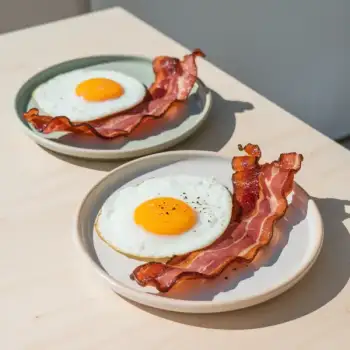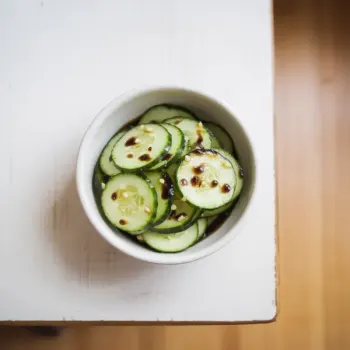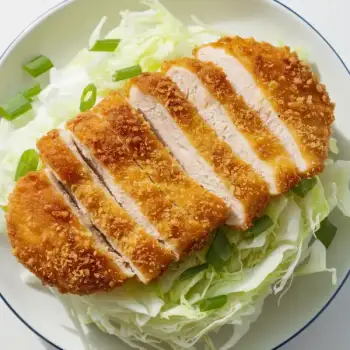
 20 minutes
20 minutesDelicious and fluffy pancakes perfect for a hearty breakfast.


cups
teaspoons
teaspoons
tablespoons
each
cups
Unsalted Butter, melted and cooled
tablespoons
teaspoons
teaspoons
1. Preheat Griddle or Skillet
Start by heating your griddle or a large skillet over medium-low heat. This slow preheating helps ensure that your pancakes cook evenly.
2. Combine Dry Ingredients
In a mixing bowl, combine the all-purpose flour, baking powder, salt, and sugar if you're using it. Stir the dry ingredients together until they are well blended.
3. Prepare Wet Ingredients
In another bowl, beat the eggs and add 1.5 cups of milk. Stir in the melted and cooled butter if you’ve chosen to use it.
4. Combine Wet and Dry Ingredients
Pour the wet mixture into the bowl with the dry ingredients. Stir gently just until the flour is moistened. It’s important not to overmix; a few lumps in the batter are completely normal and preferable for tender pancakes. If the batter seems too thick, add a bit more milk until it reaches your desired consistency.
5. Cook Pancakes
Once your griddle or skillet is hot, add 1-2 teaspoons of butter or oil. When the butter foam subsides or the oil shimmers, ladle the batter onto the cooking surface. You can make your pancakes any size you like. Cook the pancakes for about 2-4 minutes on each side. You'll know it's time to flip when bubbles rise to the surface and the bottoms are golden brown. Adjust the heat as necessary to avoid burning.
6. Serve Pancakes
Continue cooking until the second side is lightly browned. Remove the pancakes and serve immediately. If you need to hold them, place the pancakes on an ovenproof plate in a 200-degree oven for up to 15 minutes to keep them warm.
Add chocolate chips to the batter for a dessert-like breakfast treat.
Add lemon zest and ricotta cheese for fluffy pancakes with a zing.
Fold fresh or frozen blueberries into the batter for fruitiness and texture.
Mix in mashed banana and chopped walnuts for sweetness and crunch.
Use buttermilk or sour cream in place of some milk for tanginess and fluffiness.
Whisk the dry ingredients together to ensure the baking powder and salt are evenly distributed. When you add the wet ingredients, mix just until combined. Overmixing will develop the gluten in the flour, leading to tough pancakes.
Look for bubbles on the surface of the pancake and for the edges to look set. This usually means they’re ready to flip. Flip gently and only once—multiple flips can deflate the pancake.
Use a heavy-bottomed skillet or griddle for even heat distribution. Preheat it to medium heat, and do a small test pancake first to ensure it's the right temperature.
Allow the batter to rest for at least 10 to 15 minutes. This lets the flour absorb the liquid fully and gives the baking powder time to activate, resulting in fluffier pancakes.
Use a ladle or measuring cup to pour the batter so that you get consistently sized pancakes. Pour from a small height to let the batter spread into a round shape naturally.




Comments (0)